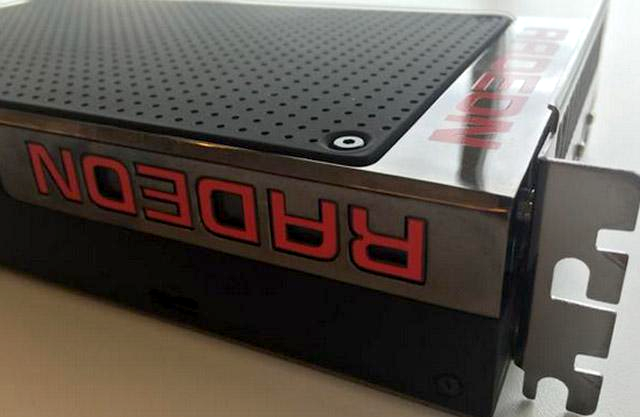
Now, it’s the next-generation of the Radeon line that is detailed ahead of schedule. It seems that AMD will be making a return to the Fury brand name for the series, offering both the standard Fury card and the even more powerful Fury X — the relationship between the two products supposedly being similar to that of the R9 290 and the R9 290X.

A major selling point of the Fury line is that the line will be the world’s first video cards to use High Bandwidth Memory. Four gigabytes of HBM working in conjunction with the new Fiji GPU looks set to give this range the horsepower it needs to satisfy an enthusiast audience. AMD believes this new memory technology will improve performance while cutting power draw.
The leak alleges that the Fury X will come in water-cooled and air-cooled variants, with the standard Fury only being available in its air-cooled form. The X line also differentiates itself via its Fiji XT GPU, compared to the Fiji Pro used in the standard Fury, according to reports from Extreme Tech.
However, this information is being sourced back to WCCF, which Extreme Tech claims has had a spotty reputation in terms of the accuracy of its reporting. We have found this to be true as well — for example, the site claimed the GTX 980 Ti would be $799, while our sources correctly suggested it would be $650.
Editors' Recommendations
- AMD’s graphics card sales just took a nosedive
- AMD’s canceled GPU could have crushed Nvidia
- AMD’s new CPUs let you play Cyberpunk without a graphics card
- AMD’s new integrated graphics might beat popular Nvidia GPU
- AMD might have a new graphics card next month, too



